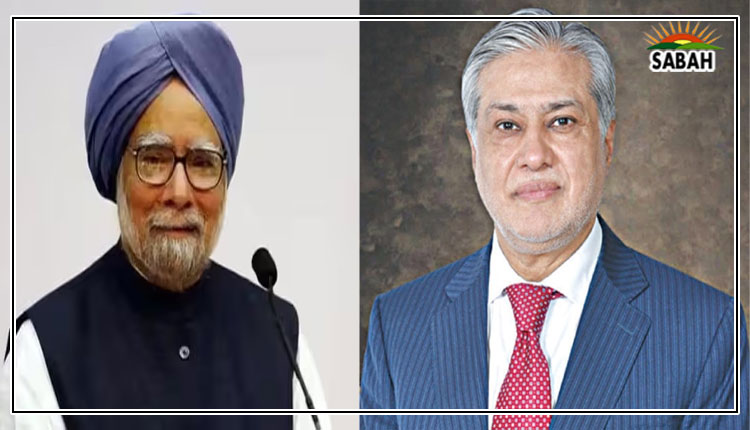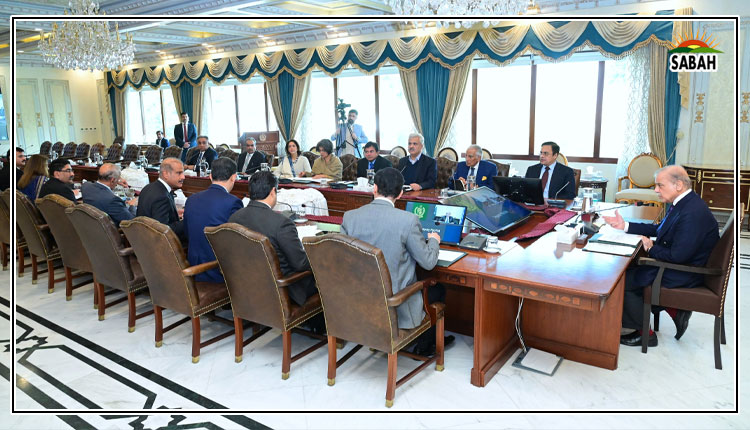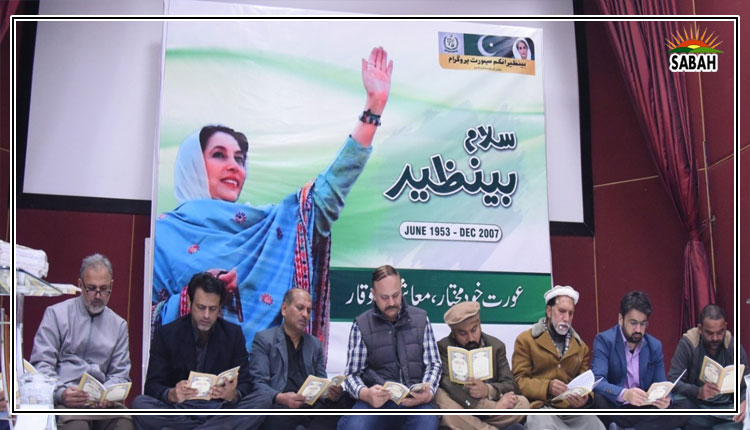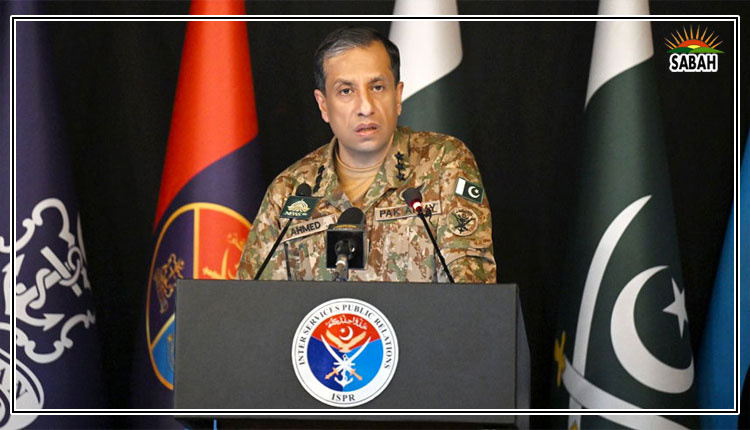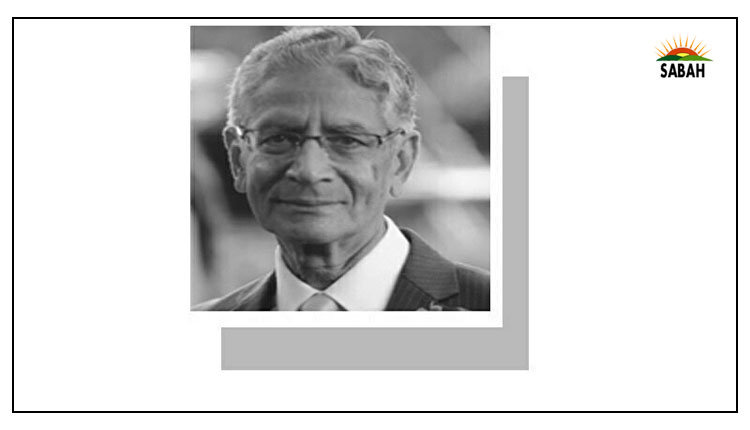Reviving ties….Touqir Hussain
AFTER a decade of contentious engagement, during which mutual ties touched one of their lowest points, Pakistan and the US want to revive relations. What will this relationship look like?
In the old rentier relationship, especially since the start of the Afghan conflict in 1979, the two countries had become each others client-ally but not friends. Their relationship was not just transactional but contractual, holding each others compliance to strict scrutiny. That was a recipe for recurring tensions and breach of trust, especially as the fundamental interests of each were held hostage to the others interests and policy choices.
That relationship has been discredited by Pakistans public as it gave too much power to Washington to manipulate and influence the political dynamics of a dependent country and its needy leadership.
In any case, such relationship belonged to the Cold War and Americas unipolar moment, and will have no lasting place in the emerging world order marked by Americas retreat from the forever wars, rising nationalism globally, unstable power balances, overlapping coalitions, and contested geopolitics. Countries will need choices and will have them as big powers compete for influence.
The reality is the US and Pakistan do have interests that are enduring. Their importance fluctuates but the relationship should not. Washington recognises that Pakistan is at the confluence of many US interests relating to security concerns, geopolitics and global governance: China, Russia, the Taliban, counterterrorism, non-proliferation, the security of Pakistans nuclear assets and climate change.
And Pakistan has its own interests. Given its economic vulnerabilities, political instability and the realisation that China cannot be the answer to all its challenges Pakistan feels it must diversify its big power relations. That will also help it realise its full geopolitical potential. Besides, Pakistan may be able to steal some space from the US-India relationship that had worked to its detriment on different issues including FATF.
Both the US and Pakistan have contributed to the emerging shift in ties. But only ties that are sustainable, have public support and are to their mutual benefit can help them achieve their aims. That requires a framework which due to the multiplicity of US interests cannot rest on the centrality of India to Americas South Asia policy. Americas ties with Pakistan must stand on their own, and not be derived from its rivalry with China, relations with India and concerns in Afghanistan. Apparently, this triple de-hyphenation is already in the works in Washington.
The evolving relationship with Pakistan will primarily focus on the stabilisation of Afghanistan, counterterrorism and regional peace and stability. It will thus require several levels and sectors of cooperation, such as military-to-military ties, intel cooperation and political relations. Besides, Washington will likely have aid policies that benefit people which, given the pervasive anti-Americanism in Pakistan, have so far focused on steps having practical and PR aspects, like $200 million each for promoting gender equality and flood relief.
A Pakistan that is secure and economically and politically stable may be more instrumental to the realisation of regional US security aims. Building internal strength and stability should be Pakistans wish too.
The two countries are making serious efforts to strengthen cooperation in trade, investment, agriculture, education, health, green energy and climate change. The Pak-US Green Alliance could potentially revolutionise Pakistans farm sector with the help of US expertise in hybrid and weather-resistant seeds, biotechnology and synthetic engineering.
Washingtons influence was a significant factor in mobilising support for Pakistan at the UN-led climate conference in Geneva. And one hopes for sustained US interest in the continued implementation of the Indus Waters Treaty.
The US remains Pakistans largest export destination. Pakistans exports rose from $7 billion to $9bn last year, of which ITs share was $1bn. US technology investors and venture capitalists are investing in Pakistans start-up ecosystem. And nearly a million-strong Pakistani Americans are gaining political clout and could become an asset to relations.
The US-Pakistan relationship would serve many purposes. But for Washington the most important could be the one that would use the engagement to ensure that Pakistans strategic partnership with China and conflicted relationship with India do not undermine its Indo-Pacific strategy.
Not all relations are equal but they can still be important. Ties with China may be indispensable, but with America they are necessary.
Courtesy Dawn



